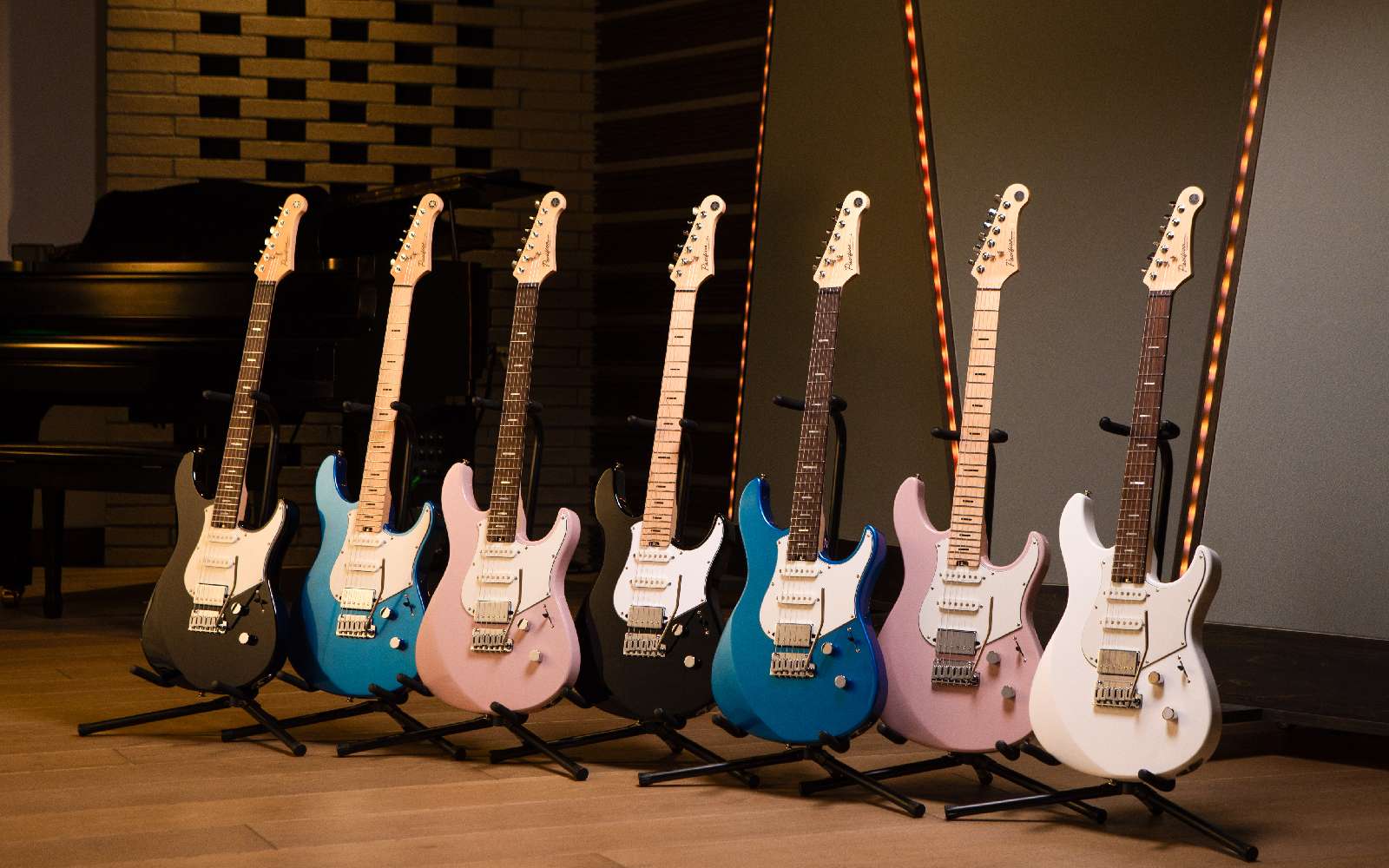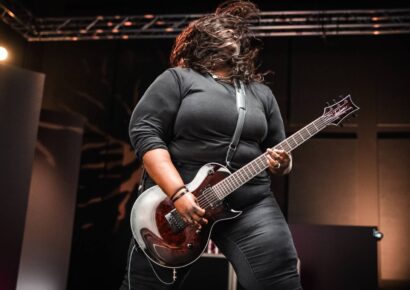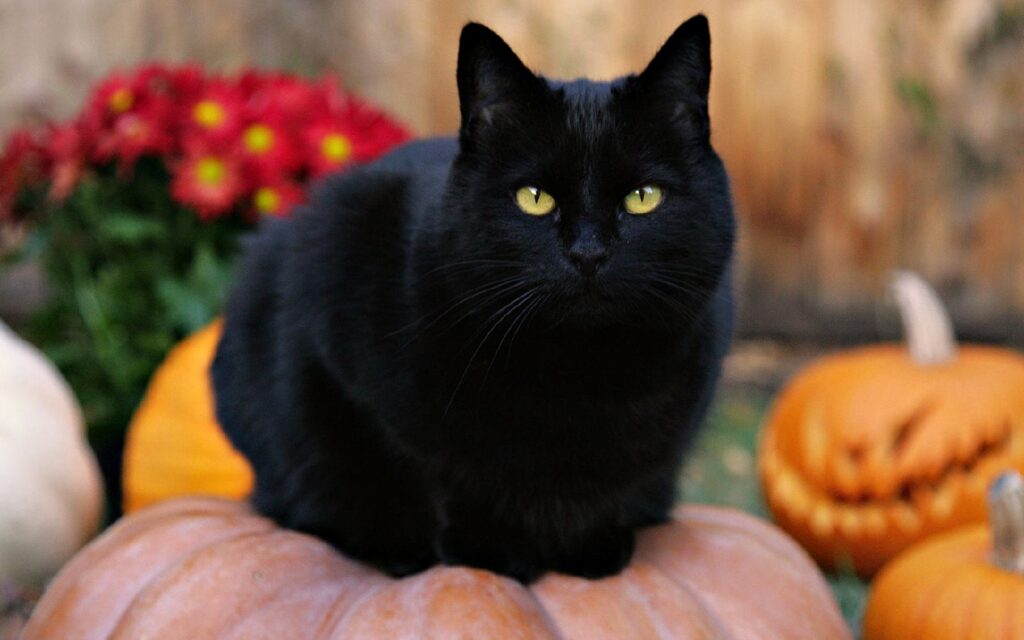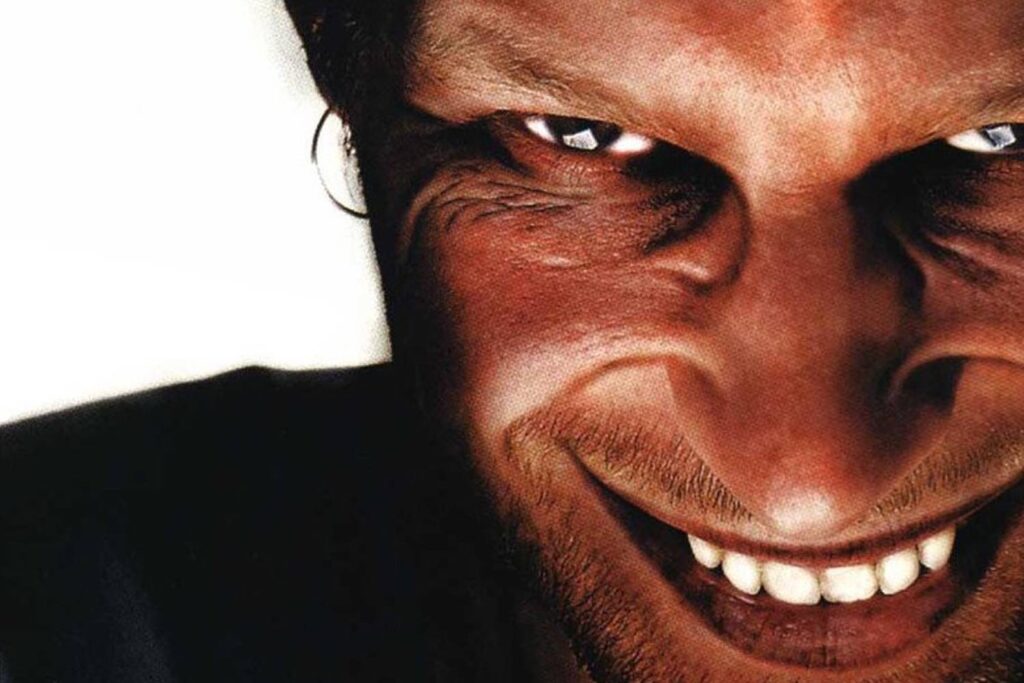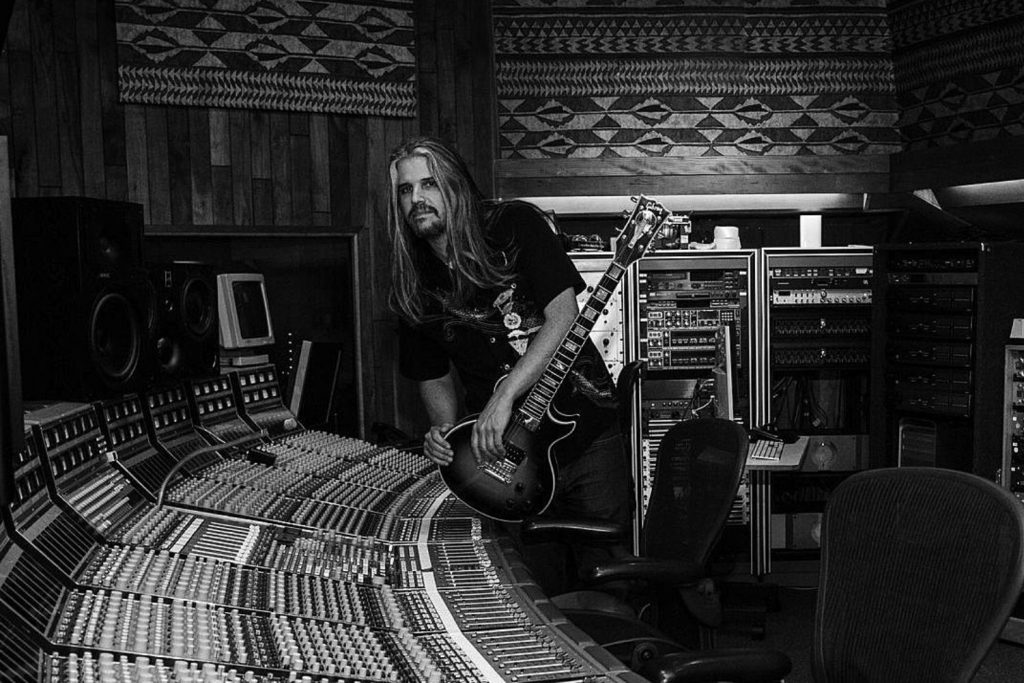The Yamaha Pacifica has served both demanding professionals as well as guitarists finding their feet and a voice.
Yamaha is a name synonymous with precision, performance, reliability and innovation. The new line of Yamaha Pacifica guitars brings those tenets within reach of guitar players of all ages and disciplines, from fledgling fretboardists to the most eloquently elite.
With roots in the manufacture of classical instruments, Yamaha began making guitars in the swinging ‘60s, when the world was first gifted with the FG180 acoustic and SG-3 & SG-2 electric guitars. Two decades later, the company established a custom guitar shop in Hollywood, California. It was hugely successful. So what did they do? They did what any blue-sky-thinking company would do: they brought that winning formula back home to Japan and turned it into something they could mass-produce. As a result, in the year 1990, the stalwart Pacifica line was born.
Read all the latest features, columns and more here.
In order to find out exactly what 137 years of Japanese audio brilliance feels and sounds like, I checked out two of the latest offerings from the Pacifica range, unveiled at NAMM 2024: the Standard Plus (PACS+12M) and the Professional (PACP12).

I was particularly impressed by the resonance of the Professional model in particular. Now I know why: the bodies of both the Standard Plus and Professional are alder, featuring a smooth neck-heel and what Yamaha refers to as ‘Acoustic Design’. This is a form of chambering, and is the result of 3D modelling carried out by scientists with the goal of maximising body resonance. Before I’d even opened the Yamaha website to read up on these specs, I pulled both guitars out of their case and gave them a little strum unplugged.
Both models are fitted with a slim C-shaped maple bolt-on neck finished in satin, with 22 medium stainless steel frets. The fretboard is 42mm at the nut and 57mm at the 22nd fret, at a scale length of 25.5”. The tuning machines are Japanese-made Gotoh 410T FE-1 locking tuners (praise be). You also get a quick-access truss-rod wheel at the base of the fretboard, a 2-point tremolo bridge, and ‘Reflectone’ pickups created in collaboration with the legendary Rupert Neve Designs. The pickups are in HSS configuration: humbucker at the bridge, single coil at the neck, and another single coil in the middle. You’ve got a 5-way selector switch, a high-pass circuit master volume knob, and a master tone knob with a push/pull function that splits the bridge humbucker into a single coil, arming you with the widest possible tonal variety you could ever want from a guitar of this style.
The pickups feel precise, nuanced and articulate, complimenting dynamics in playing style and encouraging creativity and expression. One thing that stood out to me in comparison with other guitars of this style was the feel and quality of the hardware. The tone selector switch and pots didn’t feel cheap or flimsy, and the pots in particular had a very satisfying level of resistance to them, ensuring consistent adjustments to volume and tone while playing. The locking tuners are also a great modern, discreet quality-of-life improvement at a time where many other instruments of this ilk are opting for vintage purism.
Standard Plus
The foundational Indonesian manufactured Standard Plus comes with the choice of either rosewood or maple fretboard with a radius of 13.75”, and the new Pacifica Standard Plus is available in four colourways: Black; Shell White; Sparkle Blue; and Ash Pink, inspired by the sun-drenched Californian beach culture. The model I tested was finished in the latter colourway, with the maple fretboard option (exactly the options I would’ve chosen if I had the choice), immediately transporting me to the beaches of SoCal when I unzipped the foam-lined gig bag. The quality on offer here is top notch for such an accessible guitar. I desperately wish I could go back in time and replace the first electric guitar I ever owned with one of these. In fact, I’ve got this guitar up in about six different browser tabs right now and I’m really struggling with the urge to ‘add to cart’.
Professional
The premium Japanese-made Professional model builds on the features offered by the Standard Plus, adding a 10-14” compound radius fingerboard (also in either maple or rosewood), a custom tinted satin neck finish, and even more resonance thanks to Yamaha’s IRA treatment for that “played-in” feeling. The rosewood option comes in four colourways: Sparkle Blue, Black Metallic, Desert Burst and Shell White (the last two options being fitted with a tortoiseshell pickguard). If you prefer the maple, you’ve got choices of Sparkle Blue, Black Metallic, or the very kawaii Beach Blue Burst, which transitions from almost transparent in the centre—subtly exposing the alder wood grain beneath—to baby blue around the edges. This time around the colours are inspired by Japanese City Pop album covers of the ’80s.
This model also comes with a very classy black hardshell case, lined with black crushed velvet and fitted with gold hardware. Finally, to celebrate the premium quality of the Japanese craftsmanship, you will find within your hardshell case a certificate of authenticity autographed by the luthier who assembled your guitar at the Yamaha factory in Hamamatsu, Japan.
For a company just as renowned for making precision motorbike engines as they are pianos, you can rest assured that their guitars are designed, refined and built to the highest quality. Yamaha don’t miss. And they sure as hell didn’t miss with these latest additions to the Pacifica range. Neither should you. Miss out, I mean. As soon as you’re done reading this edition of Mixdown magazine, do yourself a favour and pick up a Pacifica.
Keep reading about the new range of Yamaha Pacifica guitars here.
